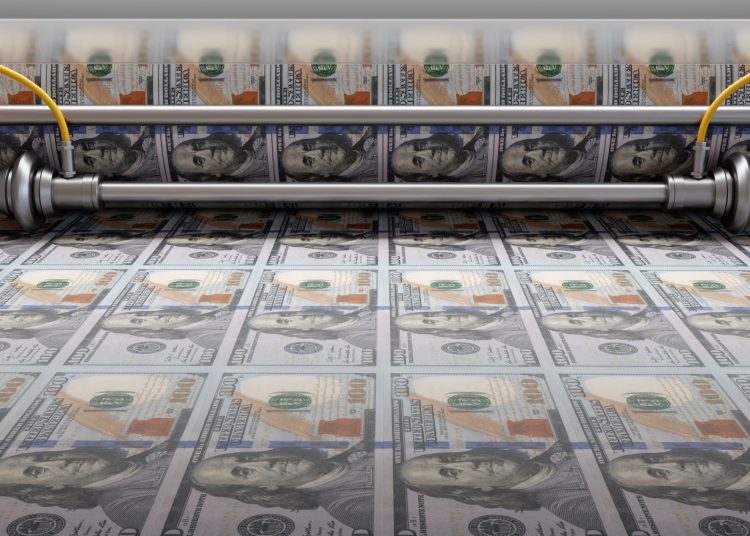An important economic indicator that you may not have paid much attention to, called the 10-year Treasury yield, has hit a new high. For the first time since 2007, on Oct. 19 and again on Monday, the yield on the benchmark 10-year Treasury note hit 5%, and remains near its 16-year high.
Why does that matter? Because the rising yield the 10-year yield is a barometer for the interest rates on mortgages, student loans and other forms of borrowing will likely stay high for the foreseeable future. On the flip side, these rates are good news for savers with a high-yield savings account or a CD. Below, CNBC Select breaks down ways to grow your wealth in this high-rate environment.
Treasury notes are a kind of security issued and backed by the government (there are also bills and bonds); that means you’ll get your money back with interest unless the United States can’t meet its financial obligations and defaults on its debt (which has never happened before). Because of this, Treasury notes, which come in 2-year, 3-year, 7-year, 5-year and 10-year maturity terms, are seen as low-risk investments. A Treasury security’s yield is the rate of interest the government pays you for buying a security since you’re essentially lending money to Uncle Sam.
When you buy a Treasury note, the government pays you a fixed interest rate on the money you’ve invested, every six months for the duration of the note (that’s 10 years with a 10-year note). At the end of that period, when the security…

























































